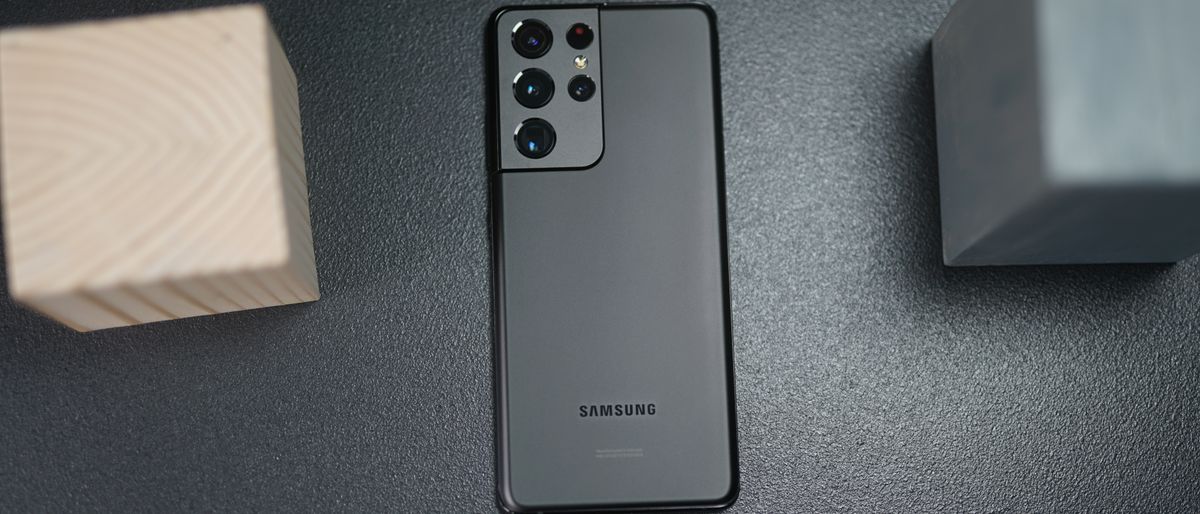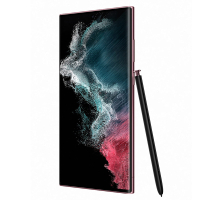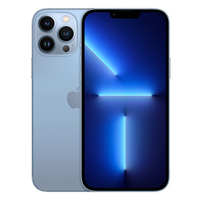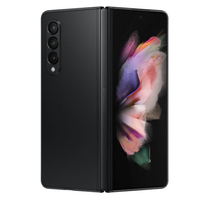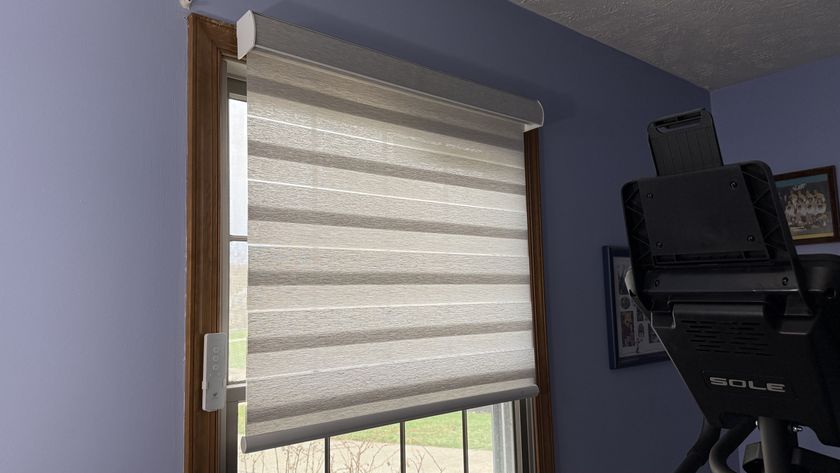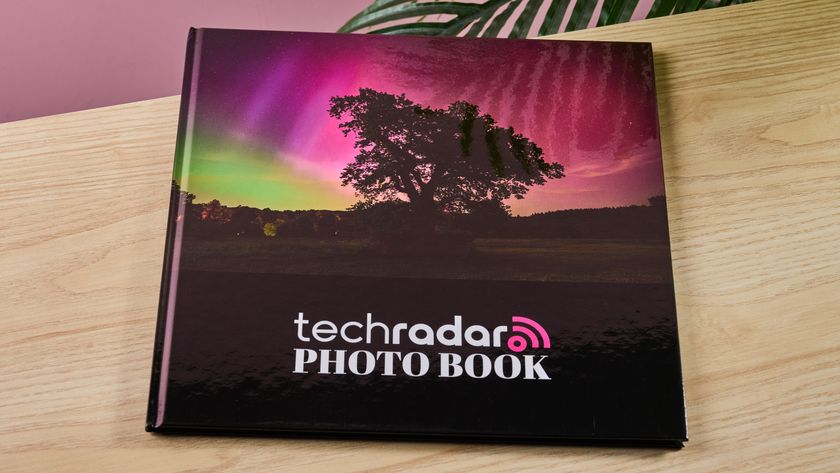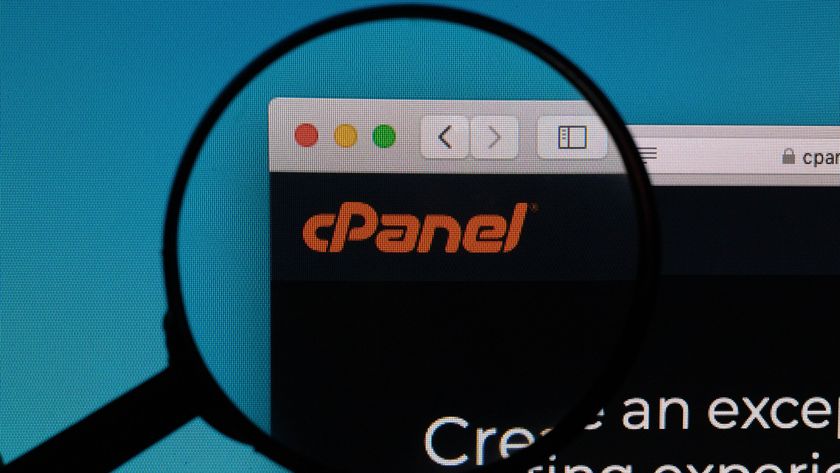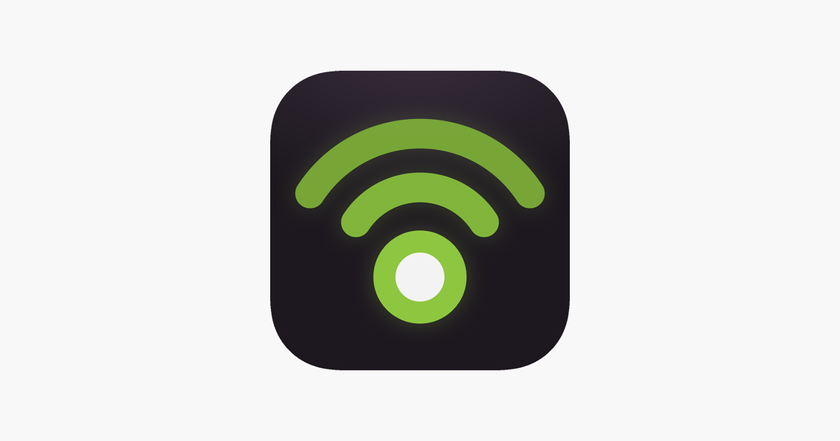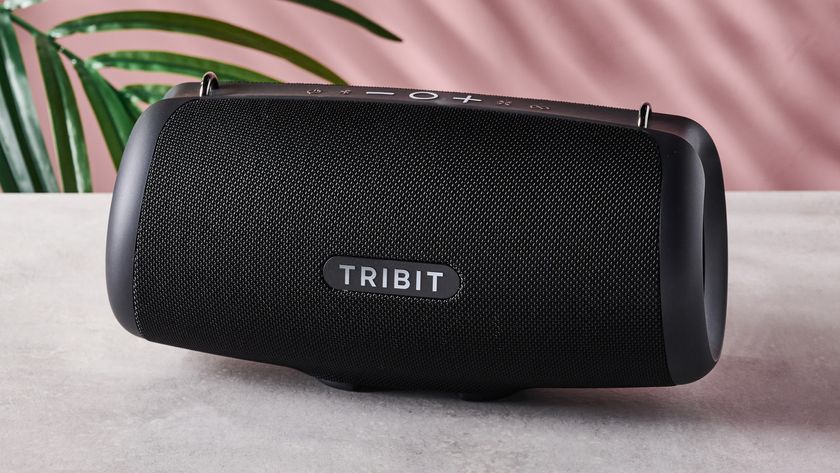TechRadar Verdict
The Samsung Galaxy S21 Ultra is the very best of what Samsung can pack into a smartphone. It wowed us with a huge screen, five cameras and the best zoom on any readily available Android phone. Caution: while it's cheaper than last year’s ‘Ultra’ phone, it remains pricey for average consumers, and it doesn’t come with a microSD card slot nor does it include a charger.
Pros
- +
The best camera zoom
- +
Mesmerizing design
- +
S Pen support
Cons
- -
Expensive at any level
- -
No microSD card slot
- -
Just 128GB of storage to start
Why you can trust TechRadar
Two-minute review
When we wrote this Samsung Galaxy S21 Ultra review, it was the company's new ‘everything phone’ with more cameras, beefier specs, and even S Pen compatibility to eclipse the very likable Note 20 Ultra. If you're dismayed about rumors of the end of Note series, just try the S21 Ultra.
Having been replaced by the Samsung Galaxy S22 Ultra in 2022, it's no longer the company's benchmark for a true premium smartphone, but it's still a worthy purchase.
This is Samsung’s vision of smartphone excess for 2021: five cameras led by a 108MP sensor, two telephoto cameras, 100x zoom and 40MP selfies, plus 5G, all-day battery life and up to 16GB of RAM – all packed into an Android phone with a 6.8-inch 120Hz Quad HD display and an upgraded in-screen fingerprint sensor that has a 1.7x larger surface area than the one on last year’s phone.
It was one of the first new smartphones we tested in 2021, along with the Samsung Galaxy S21 and Samsung Galaxy S21 Plus, and it set the bar high – much higher than last year’s problematic ‘Ultra’ phone. Samsung has retooled its main camera with lasers – yes, lasers – to remedy the autofocus issues on the Galaxy S20 Ultra, and also upgraded the specs to keep up with the demands of processing those large 108MP photos, 40MP selfies, and 8K video without as much as a hiccup.
Photos look sharp, dynamic range is impressive and Samsung's ‘tripod lock’ software feature steadies the 30x and 100x zoom levels on subjects to prevent the viewfinder image from jumping around. It’s much easier to pull off the 100x 'Space Zoom' now, although punching in 100x is limited to being a neat party trick due to grainy images, while 30x is passable in the right light.
A post shared by Matt Swider (@mattswider)
A photo posted by on
It’s the S21 Ultra’s 10x and 3x optical zoom levels that nailed the photos we wanted every time – more than any other smartphone telephoto camera. Our side-by-side comparisons with the iPhone 12 Pro Max, which tops out at a 2.5x optical zoom, bore that out. Apple’s main camera captures cleaner photos in some low-light situations, but Samsung’s night mode has improved enough to almost close that gap after sunset or when you’re snapping away indoors – and its default camera app is more feature-packed and easier to use than Apple’s.
This is a tale of design beauty and the performance beast.
Photography and speed are only two-thirds of the story here. This is a tale of design beauty and the performance beast, with a gently curved edge-to-edge display, smaller rear camera bump and mesmerizing matte Phantom Black color option that’s like a black hole sucking in your gaze (other colors are available). It’s hard to look away. The Galaxy S21 Ultra is Samsung’s best-looking phone ever.
Welcome amid an economic slowdown, the overhauled look and boost in performance haven't led to a price increase over last year’s S20 Ultra – Samsung has actually made this phone significantly cheaper. Granted, we felt like the first Ultra phone was overpriced, and the S21 Ultra is still mighty expensive – it’s more than the iPhone 12 Pro Max – but Samsung gives you a bit more for the extra cost: a larger, brighter and more capable curved screen, 10x optical camera zoom (vs 2.5x on the iPhone), and stylus support, something Apple has yet to offer on any iPhone.
Depending on what’s important to you, then, Samsung may be offering more value for your money.
What’s the catch? We started out saying that the S21 Ultra is Samsung’s vision of excess, but you’ll have to let go of what doesn’t fit into the company’s roadmap. Gone is the microSD card slot for expandable storage, and say goodbye to MST (being able to use Samsung Pay with credit card machine even if they didn't have NFC). You won’t find a charger inside of the box either; like Apple, Samsung cites e-waste as the reason the power brick isn’t included.
If you only just got over the lack of a 3.5mm headphone jack in Samsung smartphones, brace yourself for these changes – we have seen some diehards in our YouTube video comments proclaim “no microSD, no sale”. But there’s enough positive change here to offset any minor discomfort, enough that we're now confident this ‘Ultra’ phone finally lives up to its name.
And while other impressive smartphones have launched since we first reviewed this - including the iPhone 13, OnePlus 9 Pro and Xiaomi Mi 11 - the Samsung Galaxy S21 Ultra remained our pick for the best smartphone available until the launch of the Samsung Galaxy S22 Ultra.
It's also of course one of the very best Android phones and ranks among the best Samsung phones.
Samsung Galaxy S21 Ultra price and release date
- The Samsung Galaxy S21 Ultra release date was January 29, 2021
- The phone starts at $1,199 / £1,149 / AU$1,849
- You'll spend extra if you're looking for higher specs than 128GB of storage
Weight: 227g
Dimensions: 165.1 x 75.6 x 8.9mm
Display size: 6.8-inch
Resolution: 1440 x 3200
Chipset: Snapdragon 888 / Exynos 2100
RAM: 12/16GB
Storage: 128/256/512GB
Rear camera: 108MP + 10MP + 10MP + 12MP
Front camera: 40MP
Pre-installed software: Android 11
Battery: 5,000mAh
Charging: 25W wired, 15W wireless
The Samsung Galaxy S21 Ultra release date was January 29, 2021, and it's available in the US, UK and Australia, among many other places. The launch event was January 14, meaning that both the official announcement and the release date were a month earlier than we’re used to for the company’s flagship smartphone. Samsung is bucking trends in 2021.
The Galaxy S21 Ultra price is also notably cheaper than the S20 Ultra at launch, though it’s still going to cost you a lot. It starts at $1,199 / £1,149 / AU$1,849 for a version with 128GB of internal storage and 12GB of RAM.

That said, while that's the list price, many stores are now selling the Samsung Galaxy S21 Ultra for less. You can expect the price to continue dropping over time.
Keep in mind that there’s no microSD card slot for expandable storage, so if you’re keen on taking lots of 4K 60fps or 8K 24fps video, you may want to look into the pricier 256GB or 512GB storage sizes – and the latter of those sizes also bumps up the RAM to 16GB.
Is it all too rich for you? The Galaxy S21 and Galaxy S21 Plus don’t tout ‘Space Zoom’, S Pen support or 108MP rear/40MP selfie photos, but you do get the 3x optical zoom and slick design, at a far cheaper price.
- These are the best Samsung Galaxy S21 Ultra deals today
Samsung Galaxy S21 Ultra design and display
- Large phone with a great 6.8-inch display and 120Hz refresh rate
- Contour Cut camera has proven divisive, but looks unique
- A whole variety of color choices
The Galaxy S21 Ultra is one gorgeous-looking smartphone – so much so that we didn’t bother to put a case on it during testing. Risky, yes, but the finish of our review device – a matte Phantom Black with few seams – helped minimize the camera bump and fingerprints smudges.
In addition to the deep, Vantablack-like Phantom Black color, there’s also a Phantom Silver color on sale everywhere, while Samsung’s own online store offers an additional three options: Phantom Titanium, Phantom Navy and Phantom Brown.
Whatever color you choose, the matte finish of each is a significant improvement over last year’s S20 series, which had a reflective sheen that looked a little plasticky and cheap.
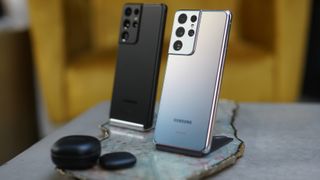
Both the Galaxy S21 Ultra and S21 Plus have a smooth Gorilla Glass back while the Galaxy S21 is stuck with a polycarbonate (read: plastic) back that feels less smooth to the touch. Only in a side by side comparison would average consumers be able to tell the difference.
We’ve been finding the S21 Ultra to be big where it needs to be, while minimizing everything you don’t want to see. For example, its large display stretches the hand at 6.8 inches, yet the curved edge-to-edge screen means that bezel is almost non-existent, and that 40MP front camera hides behind a tiny punch-hole that’s easy to ignore after a few minutes of watching a video.
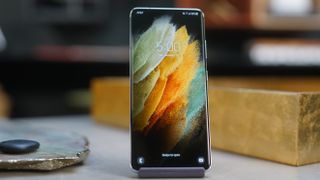
The Galaxy S21 Ultra screen is Samsung’s first (among smartphones) that’s capable of running at a smooth 120Hz refresh rate while in a pixel-packing Quad HD resolution. The entire S20 series and Note 20 Ultra forced you to choose between 120Hz/60Hz and Quad HD/Full HD, while the new S21 and S21 Plus are stuck at Full HD+, with 120Hz enabled by default.
The long-awaited verdict to having both? Meh – it’s the best of both worlds, sure, but you won’t see much of a difference between 1080p and Quad HD on a display of this size, and Quad HD will drain your battery faster.
The need for resolutions higher than Full HD among smartphones was being driven by VR headsets – you could see a ‘screen door effect’ at lower resolutions when the pixels were so close to your face. But Samsung, along with the entire mobile industry, seems to have cooled all phone-based VR initiatives.
This is still Samsung’s best screen, but for many other reasons. We found the 6.8-inch body to be easier to grasp than the 6.7-inch iPhone 12 Pro Max, and that’s in large part thanks to the curved display and overall narrowness of Samsung's device. The curved edges are subtle on the S21 Ultra, and not quite as pronounced as on past Samsung devices, and that means fewer errant presses.
We also tested the screen brightness of the Galaxy S20 Ultra outdoors, and it automatically amps up to a super-bright 1,500 nits when necessary. Other phones with AMOLED screens, including the S21 and S21 Plus, max out at 1,200 nits, and every little bit helps in direct sunlight.
Samsung’s redesigned in-screen fingerprint sensor, which uses ultrasonic technology courtesy of Qualcomm, makes its debut on the Galaxy S21 series. There’s 1.7x more surface area to this invisible biometric pad, and we found it was more forgiving of our often wayward thumb placement – that’s a relief given the fact that face unlock is useless at a time when we’re often hidden behind a mask.
Samsung Galaxy S21 Ultra S Pen compatibility
- First in Samsung's S series to work with a stylus
- Doesn't fit inside the phone, like the Galaxy Note series
- Compatible with a variety of stylus as well as Samsung S Pen
The Galaxy S21 Ultra is Samsung’s first non-Note phone that’s compatible with its S Pen stylus, and it’s a trend we like seeing. However, things work a bit differently here: there’s no S Pen included with the phone and, even when you make the separate purchase, there's no way to embed the stylus into the body of the phone.
There’s a folio case that holds a newly designed S Pen that’s slightly larger and more comfortable to hold than the version that tucks inside of the body of Galaxy Note phones. It neatly slots into the inner spine of the case and feels secure there, so you'll want a Galaxy S21 Ultra case for more than protection. Exactly what you’re supposed to do with the stylus without buying this folio case is unclear.




We were able to jot down quick notes and bring up all of the Air Command options, which include a variety of features you can use without touching the phone’s screen. Though you can use any old Note stylus with your phone, we appreciated the fact the new S Pen is larger and easier to grasp than the toothpick-sized Note S Pen.
Missing from the new S Pen we tested ahead of launch were the Bluetooth shortcuts for triggering the camera and other apps. You could customize actions and remotely command the Galaxy Note 20 like a magician with a wand. We may be able to go all Harry Potter in front of our smartphone again when the even more special S Pen Pro model launches later this year, but details are scarce on its extra functionality.
While we still never saw the Note 21 Ultra, this is the closest you'll get to that kind of experience thanks to the stylus.
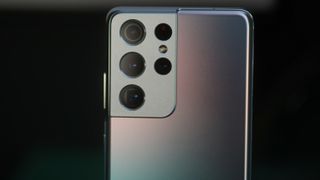
Samsung Galaxy S21 Ultra camera
- A phenomenally powerful camera with a 108MP main sensor
- Quad camera also includes two 10MP telephoto shooters and 12MP ultra-wide
- 40MP selfie camera offers strong performance too
Ready for your extreme close-up? The Samsung Galaxy S21 Ultra, with its five cameras and 100x zoom range, impresses this time around, even if grainy ‘Space Zoom’ photos continue to not meet our quality threshold for readily posting to our Instagram accounts.
It’s the 3x, 10x and, occasionally in well-lit conditions, 30x photo zooms that nail the shot with breathtaking clarity. What helps most at the 30x (and 100x) ranges is the new tripod lock feature, which prevents the viewfinder image from jumping around, something that could be jarring when zooming in that tightly on the S20 Ultra. After a second, the S21 Ultra camera fixes onto a subject that it outlines in yellow on the small zoomed-out corner reticle, and the shakiness is magically dialed down.

Ultra-wide camera

Main camera 1x (no zoom)

2x telephoto zoom

3x telephoto zoom (optical)

4x telephoto zoom

10x telephoto zoom

30x telephoto zoom

100x telephoto zoom (digital max)
Going all the way from the ultra-wide camera at 0.6x to the digitally zoomed-in 30x with usable photos each step of the way is how Samsung stands apart from Apple and its cameras on the iPhone 12 Pro Max (capped at 2.5x optical / 12x digital), and Google’s Pixel 5 (no telephoto). No one (except Huawei) is doing zoom on a smartphone like this in 2021, and your Apple phone-owning friends will have telephoto envy.
Yes, having two telephoto cameras does seem downright ridiculous, but they offer different perspectives: 3x and 10x, all without having to go digital and hybrid in between. The zoom functionality on both is optical, though Samsung’s camera software oftentimes has a mind of its own. We’ve found it can overwrite your decision and pick which camera gets used (likely based on their different apertures and the lighting in your environment). So it may take ‘zoomed-in’ photos with the main sensor and then just crop to simulate that zoom. It’s a bit unpredictable, but most of the shots turn out okay. All you have to do is press the shutter button.
Our previous favorite telephoto camera from Samsung, on the Note 20 Ultra, had a 5x optical zoom and 50x digital zoom. So the 10x optical zoom on the S21 Ultra gets you closer to those far-off subjects, while the 3x optical is handy for pulling it back a little bit without digital distortion.

10x optical telephoto camera of a moving subject

Night mode off

Night mode on
Year-over-year the biggest improvement is to the 108MP main camera, which made its debut in the S20 Ultra but was dogged with autofocus issues at launch. That’s been fixed in the S21 Ultra thanks to the addition of laser-assisted phase detection autofocus, which was absent on the S20 Ultra (the Note 20 Ultra did have this). Finally, you’re going to be able to do justice to the extra detail from those 108MP shots and 40MP selfies, which makes a post-snap crop easier. Otherwise, without cropping, you won’t see a giant difference on Twitter and Instagram.
We noticed that the Galaxy S21 Ultra camera offers improved dynamic range in outdoor photos (see photos with a bright sky and darker buildings) over its predecessors, and Samsung now offers 12-bit raw files for greater flexibility when editing. The iPhone 12 Pro series still wins out for many non-zoomed photos, especially indoor and nighttime shots, but Samsung and its more finely tuned night mode (it doesn’t simply bump up the exposure) help close the gap.
All Galaxy S21 series phones now record video at 4K at 60fps from all cameras, and 8K at 24fps returns. But it’s the new Director’s View mode that caught our eye this year: you can capture video with both the front and back cameras simultaneously. Vloggers and other content creators will relish the fact that they can record reaction shots of themselves, which they can splice in alongside their main footage.
Director’s View is a neat idea that you don’t get on most phones (the iPhone 12 series requires a third-party app to pull this off). It joins last year’s video-focused additions, like zoom-in microphones for better capturing the subject you’re zooming into, and an improved Single Take mode for recording video and taking photos at the same time.
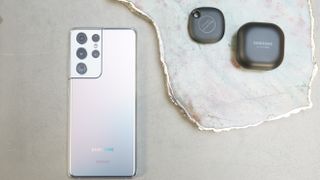
Samsung Galaxy S21 Ultra specs and performance
- Sports Qualcomm Snapdragon 888 in the US, Exynos 2100 elsewhere
- Starts with 12GB of RAM, but one option includes 16GB
- Poor storage options with no microSD support
The Galaxy S21 series is faster for two reasons: it marks the debut of brand-new chipsets, and the software has been streamlined just a bit, with the ever-evolving OneUI 3.0 interface tied into Android 11.
At the heart of all three S21 phones is one of two speedy chipsets: either Qualcomm’s Snapdragon 888 (US) or Samsung’s own Exynos 2100 (just about everywhere else). While we haven’t done in-depth side-by-side comparisons yet (not-so-subtle: yes, we’ll be updating our reviews when we’ve done so), both seem very snappy, even if the Geekbench 5 scores we’ve gotten don’t quite measure up. This is why we shy away from benchmarking phones in such granular detail.
What you’ll want to pay attention to more are the internal storage sizes. Many people have been turned off by the fact that the S21 series doesn’t include a microSD card slot for expandable storage, and, frankly, we’re with you on that. The inclusion of microSD slots always made it easier for us to recommend Samsung over Apple when things were neck-and-neck, as you could go for the lower storage size and upgrade later. Not anymore.
The base-level 128GB of internal storage with 12GB of RAM might not be enough for everyone. You’ll want to either pony up for the version with 256GB of storage and 12GB of RAM, or max out at 256GB of storage with 16GB of RAM. The RAM won’t make much of a difference in a phone, but you’ll definitely notice if you run out of storage space.
You’ll need to have an idea of how much space you need in advance of buying the S21 Ultra – and that’s something that Samsung fans rarely have to think about, as microSD cards were always a nice fallback plan.
Part of the reason the S21 Ultra seems snappy is the fact that Samsung has further streamlined its software interface. With the OneUI 3.0 interface, menus now throw fewer unnecessary windows in your face before executing what you want to do. Turning on power save mode, for example, makes adjustments immediately.
Samsung's never-dying Bixby Assistant (the 21st century Microsoft Clippy) is still present on the S21 series, but there's no more dedicated Bixby button thankfully, so you won't accidentally trigger Bixby Voice. Bixby Today, former the leftmost menu on Samsung phones, is gone, too. It's been replaced by Google Assistant cards (formerly Google Now) that have a knack for surfacing more relevant information to your day.
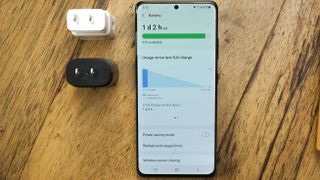
Samsung Galaxy S21 Ultra battery life
- A full day of use from a full charge of the 5,000mAh battery
- Battery life is worse when in 120Hz and QHD mode
- There's no charger in the box with the S21 Ultra
The Galaxy S21 Ultra battery life was solid during our normal testing, amounting to a full day and change – but we tanked the battery much more quickly when we pushed that 120Hz screen refresh rate to the max and cranked up the resolution to Quad HD.
Its 5,000mAh battery matches the Galaxy S20 Ultra capacity, and you’re going to get all-day battery life if you stick with Samsung’s default settings. The resolution is set to 1080p out of the box (again, most users won’t notice a big difference between Full HD and Quad HD).
Also helping is the fact that the 120Hz refresh rate is variable. It’s technically ‘up to 120Hz’, so it won’t be so high if it doesn’t need to be, sparing your battery. Samsung’s backend software will automatically adjust between 11Hz and 120Hz, depending on your activity: reading an eBook (low) vs playing a 3D game (high).
You won’t get a charger with the Galaxy S21, and Samsung is betting that you have an old one on hand, or that you’ll buy one at a newly discounted price. Included is a USB-C-to-USB cable, but you’ll want one of the newer fast chargers for this phone in order to speedily charge it at 25W (Samsung phones since the S10 5G had a 25W charger in the box). You can also fast wirelessly charge at up to 15W, and reverse wirelessly charge those Samsung Galaxy Buds Pro or anything that Qi-charges.
Samsung doesn’t support 45W charging on the S21 series whatsoever, something that may seem like a step backward – the Note 10 Plus and entire S20 series were compatible with this optional charger. The company told TechRadar that 25W has been optimized enough to the point that 45W matters very little, although we’d also suspect few people went out and bought the special 45W charger.
Should I buy the Samsung Galaxy S21 Ultra?
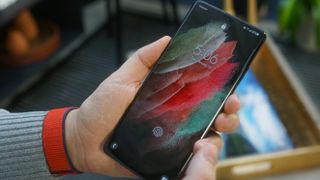
Buy it if...
You want epic camera zooms
Samsung cameras are the most fun for us to test due to the epic shot variety. Two telephoto lenses are the big highlight with the S21 Ultra, and the 100x zoom will impress your friends, even if the standard image quality only ties the iPhone 12 Pro Max.
You need the most powerful Android
The Samsung Galaxy S21 delivers some phenomenally good performance, and if you need a smartphone that can handle multiple tasks at once in split-screen view, or when gaming, this will likely be it.
You want some S Pen features
Grab an S Pen and start jotting down notes on a Galaxy S phone? You can do that for the first time ever here. We’ve also gotten to use tools like translating text and previewing links, just like on a Note phone.
Don't buy it if...
You’re on a budget
We recommend the S21 Ultra over the S21 and S21 Plus simply because it has so much extra going on. But if you can’t afford it, wait a few months and this phone will drop in price (during Amazon Prime Day or Black Friday).
You need lots of storage
No microSD card slot is a deal-breaker for a lot of people who have emailed us/tweeted at us/left us comments. Almost any other Android phone (outside of Google’s Pixels and OnePlus) has this feature – but you won’t get that advanced camera zoom.
You want advanced stylus features
The S21 Ultra is compatible with the S Pen, but it doesn’t outright replace the Note 20 Ultra. Some features, like Bluetooth shortcuts and a spot to embed it in the body of the phone, remain exclusive to the Note 20 Ultra. Avid note-takers, take note.
Also consider
If this Samsung Galaxy S21 Ultra review has you intriguied, but you want to see what else the market has to offer, here are some alternatives.
Samsung Galaxy S22 Ultra
Samsung's newer version of the S21 Ultra has pretty similar specs but one massive change: the S Pen stylus fits within the body, making it a core part of the experience. Oh, and there have been some charging speed and chipset improvements.
Check out our Samsung Galaxy S22 Ultra review
iPhone 13 Pro Max
Apple's top dog of 2021 has a big screen, three rear cameras, a powerful chipset and a top price. It's like the S21 Ultra in a lot of ways, except it runs Apple's iOS, not Android.
Check out our iPhone 13 Pro Max review
Samsung Galaxy Z Fold 3
If premium phones are your thing, then maybe the Samsung Galaxy Z Fold 3 is for you - like the Ultra it's pricey, but not because of its specs. It's a foldable phone, though it does have a good-looking screen and powerful chip too.
Check out our Samsung Galaxy Z Fold 3 review
First reviewed: January 2021
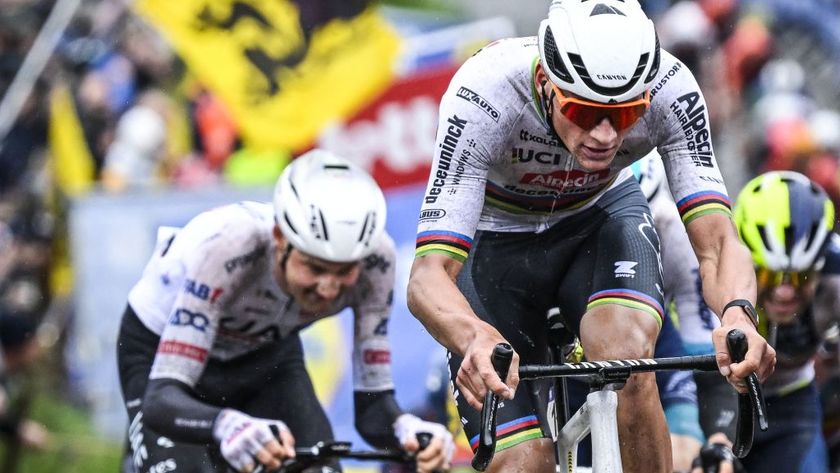
Tour of Flanders live stream 2025: Watch WorldTour cycling online from anywhere

I didn’t care about Copilot, but this massive upgrade could make Microsoft’s AI the personal assistant I’ve always wanted
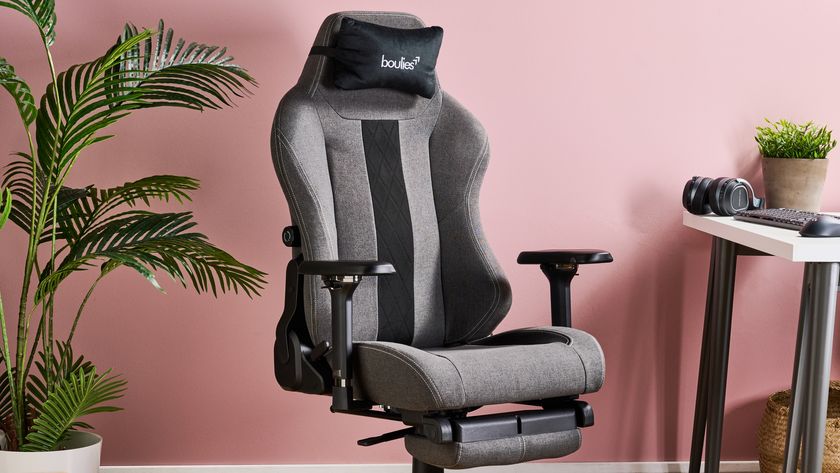
The leg rest on the Boulies Master Rex gaming chair almost had me convinced but that's not the reason to buy one
